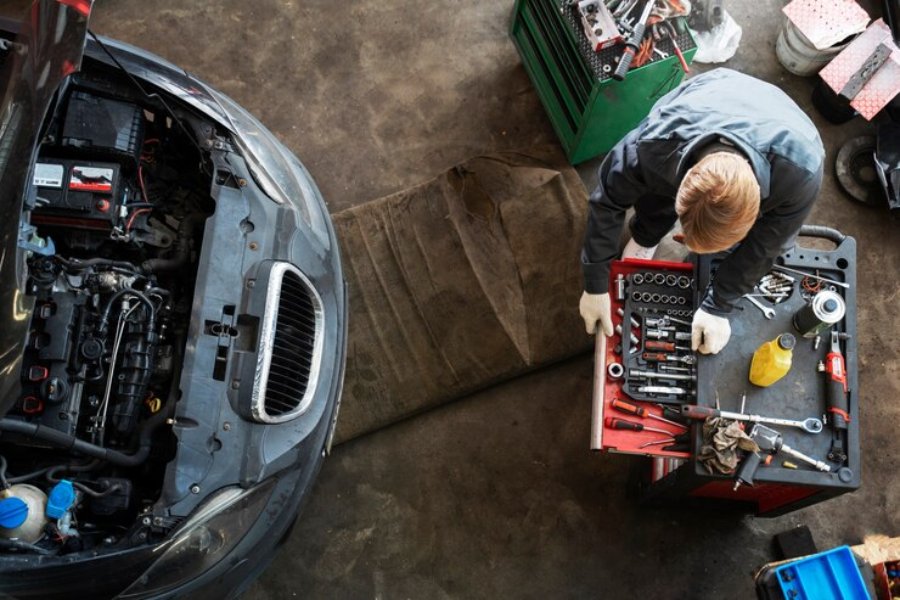At first glance, a flush appears to be a quick fix for issues like power loss or increased fuel consumption. But there’s a hidden cost. Neutralizers are intricate devices, designed not just for filtering harmful substances but for performing under extreme conditions without internal interference. Introducing aggressive chemical compounds can damage the internal structure, especially the sensitive honeycomb coated with precious metals.
It’s important to note that some drivers turn to flushing as a cheaper alternative to replacing the part. But that’s where another option becomes relevant. Instead of risking further damage, it’s worth considering a catalytic converter price check on trusted platforms like Avtokatalist. There, vehicle owners can assess how much their used neutralizer might be worth, avoiding the trap of spending money on a repair method that may do more harm than good.
What Happens During a Chemical Flush?
A chemical flush involves introducing a special cleaning fluid into the fuel system or directly into the neutralizer. This fluid is meant to dissolve carbon buildup or residue that forms over time. While it may remove surface-level contaminants, the side effects often outweigh the benefits:
- The cleaning agents are usually highly acidic or alkaline, which can corrode the ceramic or metallic structure inside the neutralizer. Even minor structural compromise may disrupt its ability to filter emissions effectively, reducing efficiency or triggering warning lights.
- Residue from the chemicals doesn’t always flush out entirely. What remains may burn at high temperatures, causing hotspots or uneven thermal expansion. This can lead to cracking or collapse of the internal matrix.
- In vehicles where the neutralizer is already aging or partially clogged, the sudden loosening of debris can block downstream components, such as sensors or mufflers, creating new issues rather than solving the existing one.
All of this translates to one conclusion: flushing isn’t as harmless as it sounds. The risks are technical, financial, and sometimes even legal – depending on local emission standards.
Better Alternatives to Flushing
Rather than gambling on chemical solutions, it makes more sense to evaluate the current condition of the part and act strategically. Sometimes, cleaning is not an option, and replacement isn’t financially feasible. That’s when it’s practical to look into resale opportunities.
Before disposing of a worn-out neutralizer, drivers can explore:
- Checking online catalogs for estimated prices based on make and model, especially through resources that specialize in buying used components.
- Listing the used part through a mediator service that connects sellers with industrial buyers who extract valuable metals like palladium or rhodium from old units.
- Using platforms like Avtokatalist to get a realistic sense of its worth, rather than letting it collect dust in the garage.
By doing this, car owners can recover part of their expenses without risking further damage to their vehicle. It’s also an environmentally responsible decision since the valuable materials can be recycled and reused in new parts or technologies.
In summary, while flushing might sound like a maintenance shortcut, it often leads to accelerated wear or even irreversible damage. A smarter approach lies in informed evaluation and resale. When faced with a sluggish or malfunctioning neutralizer, don’t rush into quick fixes. Check the value, explore your options, and remember: old doesn’t always mean worthless.

